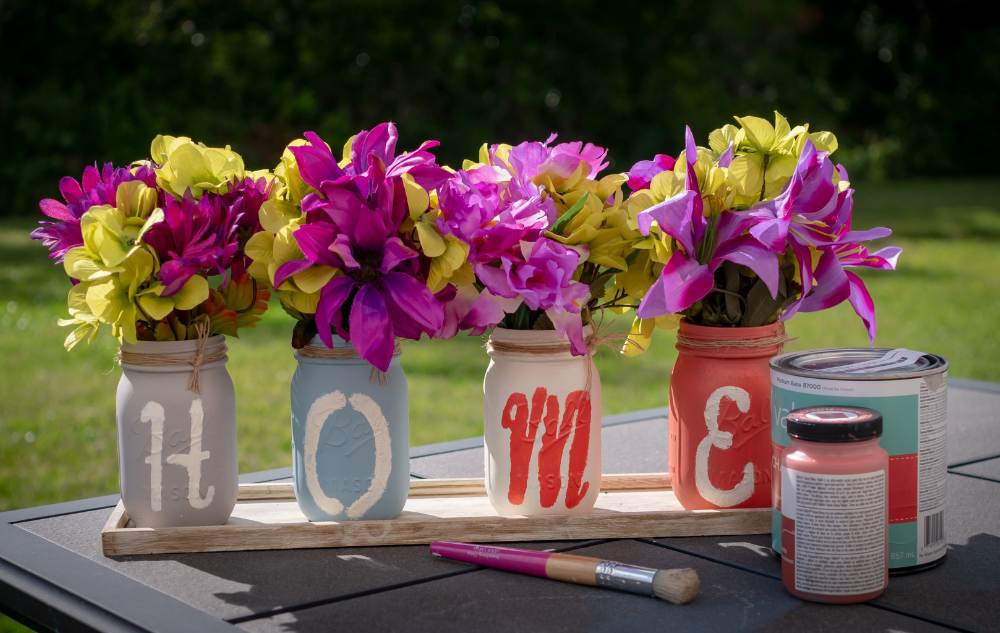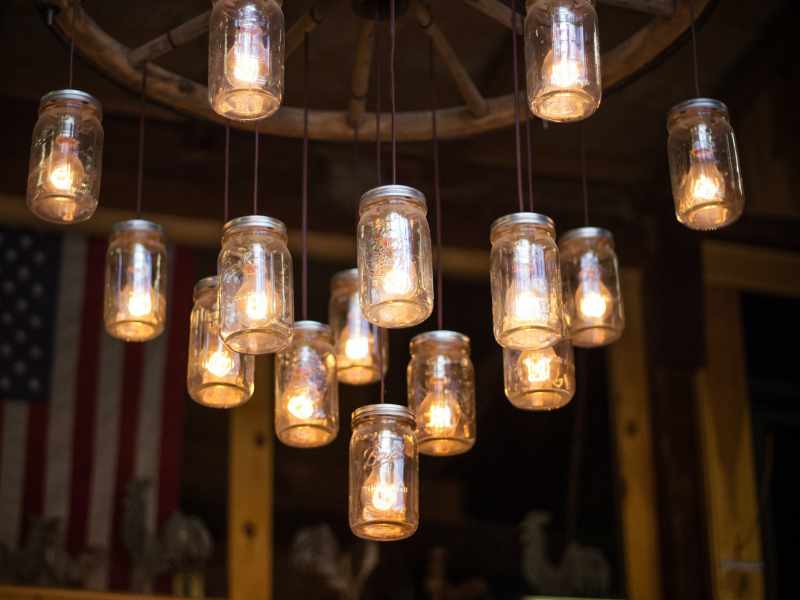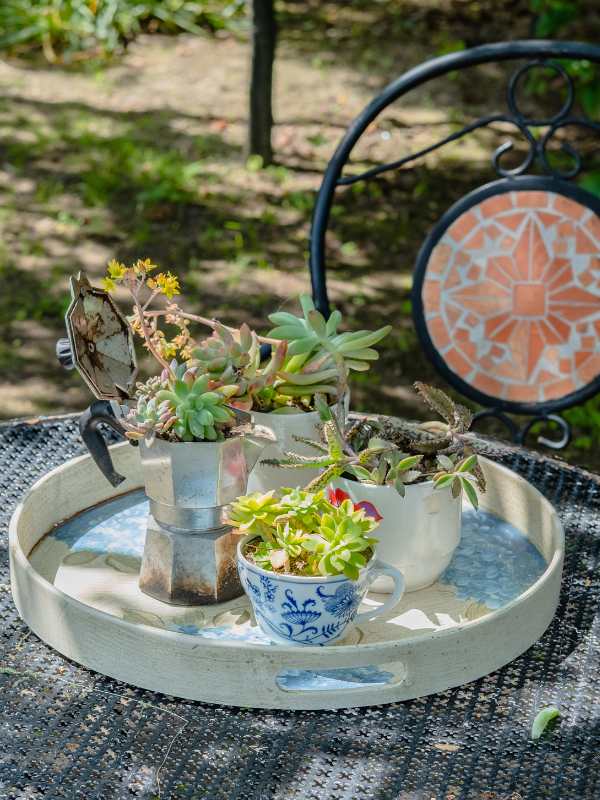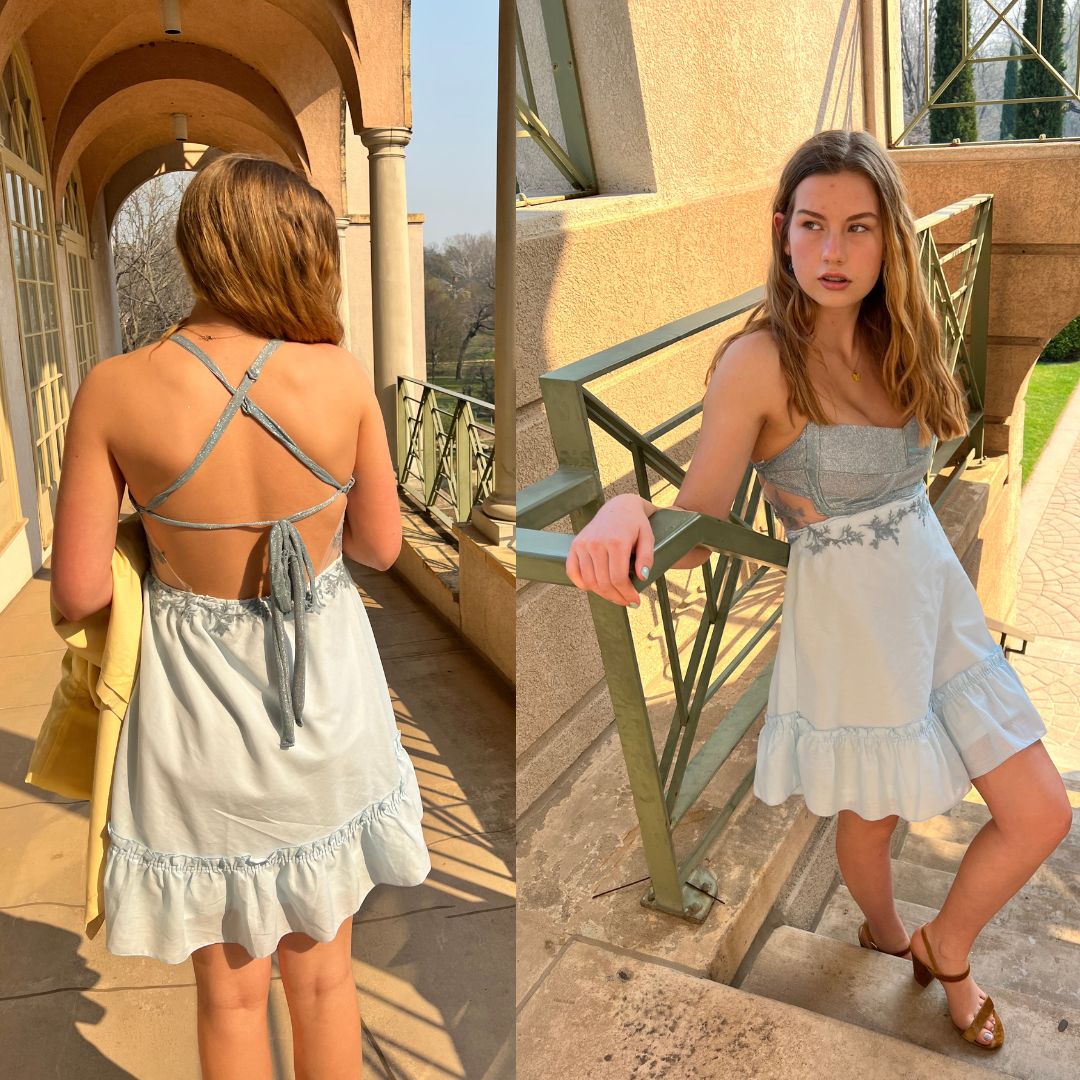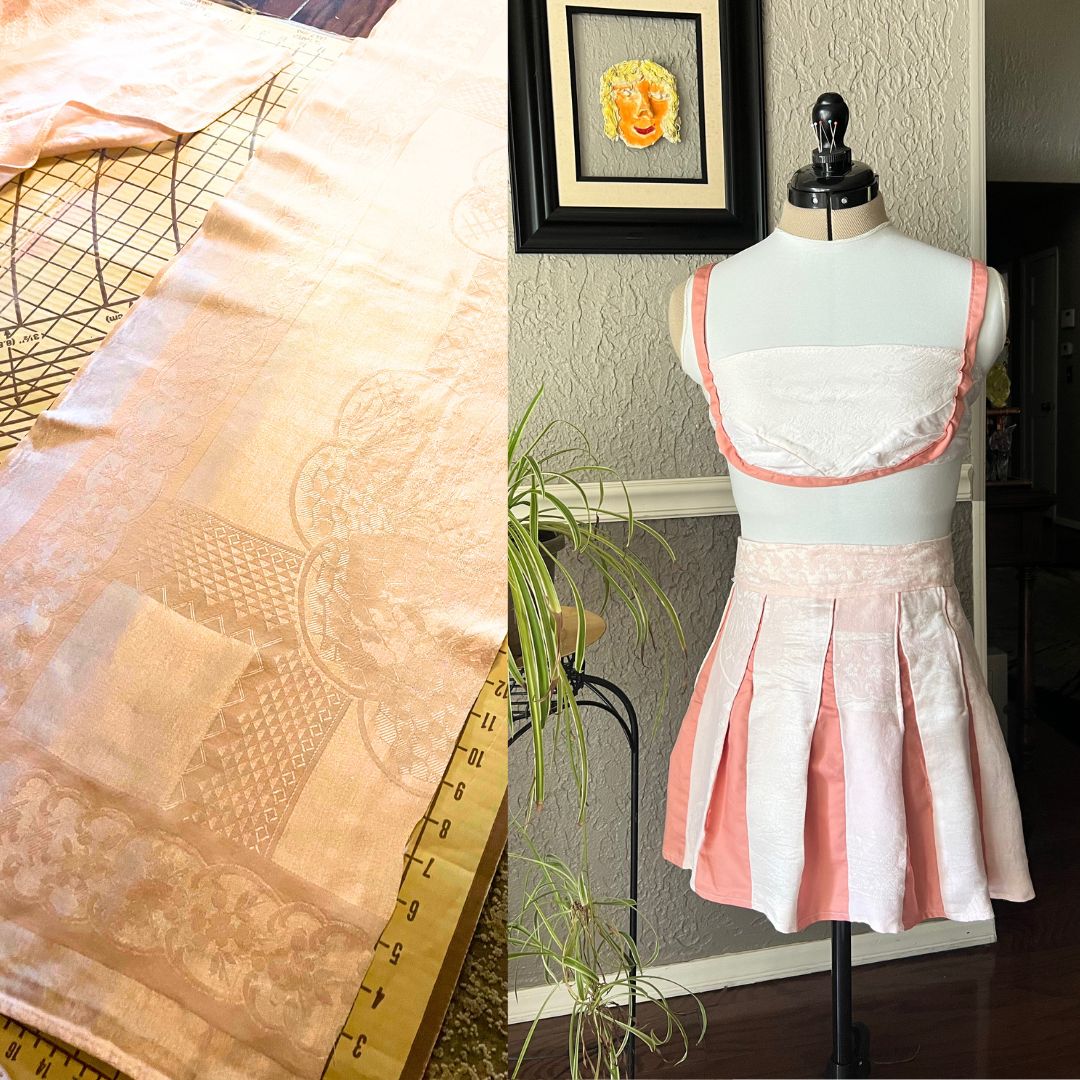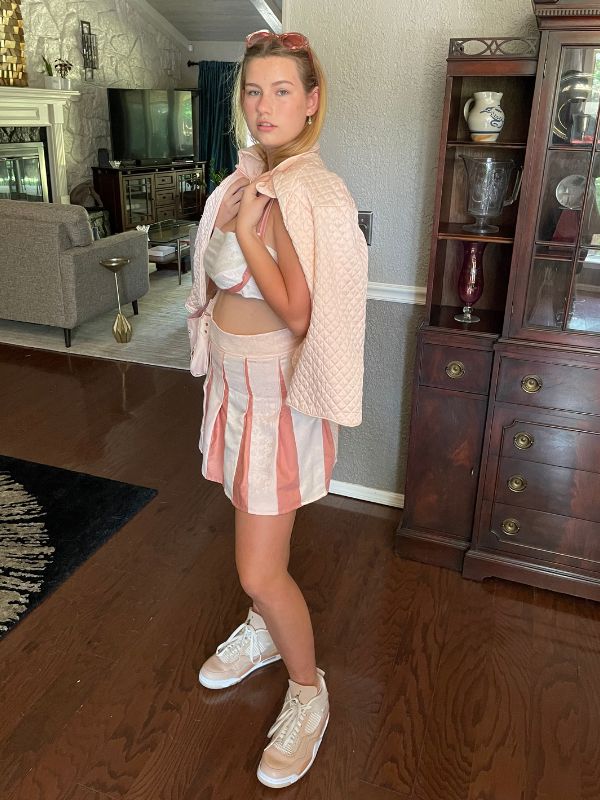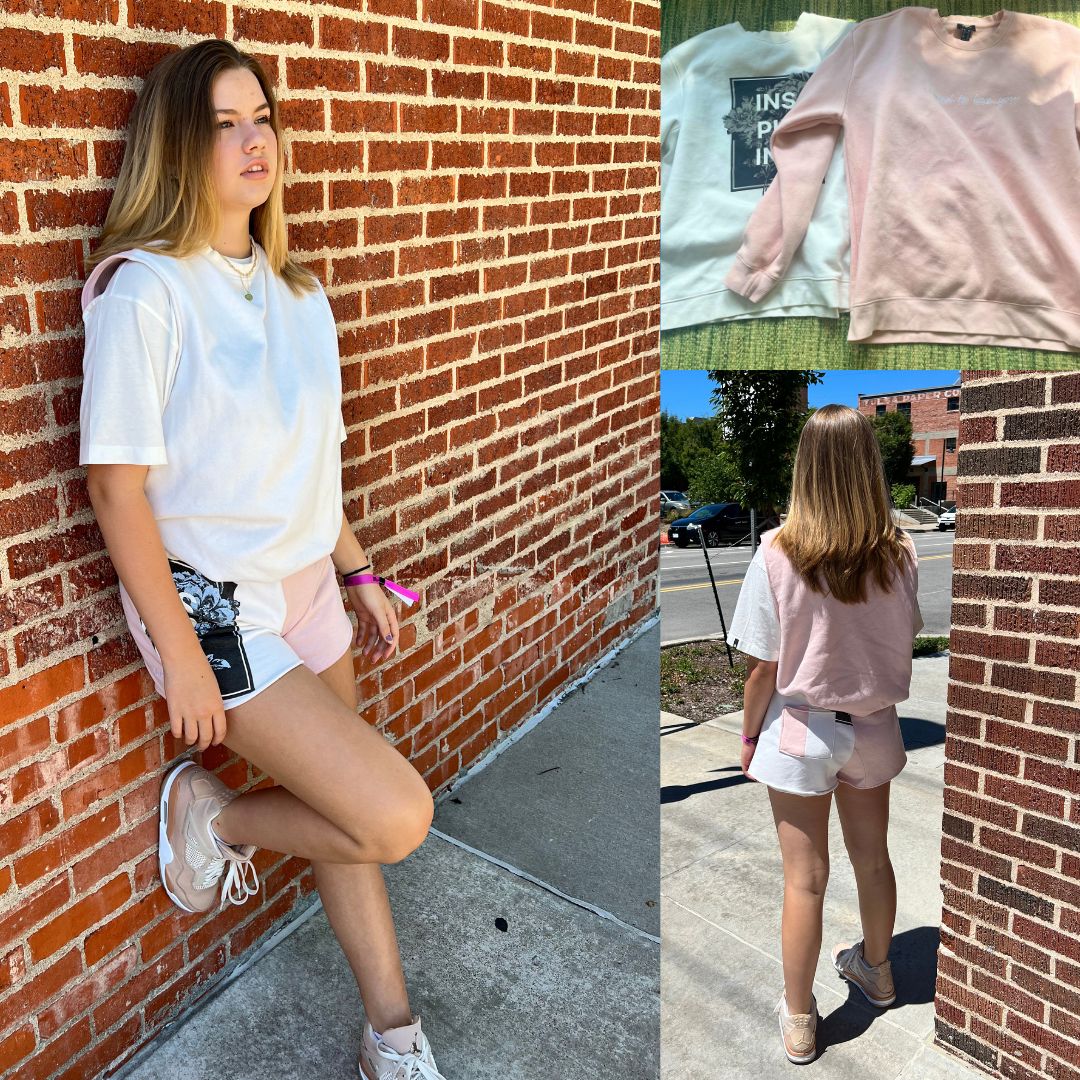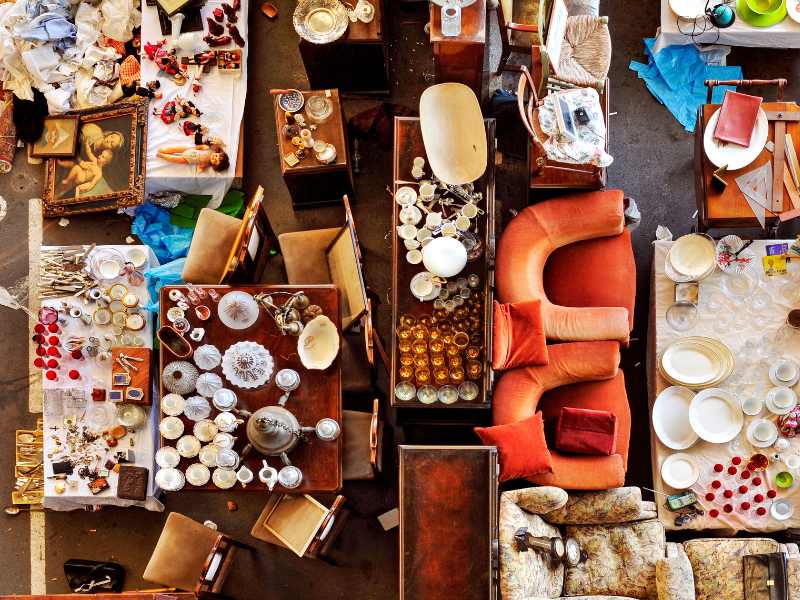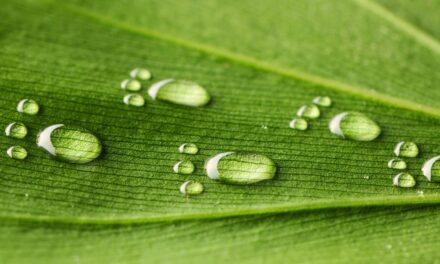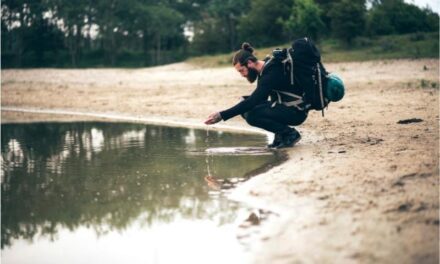From Waste to Wealth: The Art and Benefit of Upcycling
Upcycling is the practice of transforming discarded materials into valuable and useful products. This practice is more than just recycling – it’s an art form that breathes new life into discarded materials and unwanted items. The fascinating world of upcycling highlights the significance of fostering sustainable practices as a form of artistic expression. By repurposing items destined for the landfill, upcycle artists encourage the symbiotic relationship between sustainability and creativity.
How does upcycling differ from recycling?
At its core, upcycling is the process of repurposing materials that would otherwise be discarded and sent to a landfill. Unlike recycling, which often involves breaking down materials to create new products, upcycling involves creatively reimagining existing items. Only about 9% of the 350 trillion tons of plastic the world manufactures a year is recycled. Upcycling not only saves energy and resources but also challenges our perception of waste.
The environmental benefits of upcycling are significant.
By salvaging and transforming existing materials, upcycling reduces the demand for new resources and curtails the production of greenhouse gases associated with manufacturing processes. This practice minimizes the strain on landfills and promotes a more sustainable approach to consumption.
Beyond its localized impact, upcycling aligns with the principles of the circular economy—a regenerative approach that aims to keep materials in use for as long as possible. By extending the lifespan of items through upcycling, we contribute to a sustainable cycle of production, consumption, and reuse.
Upcycling as an Art Form
Upcycling transcends its functional roots and embraces the realm of artistry. It is a creative outlet that encourages individuals to think outside the conventional boundaries of design and utility. Discarded items become a canvas, waiting to be transformed into something entirely new and unexpected.
Numerous artists and designers have embraced upcycling as a means of expression. From turning scrap metal into stunning sculptures to repurposing old textiles into trendy styles, these visionaries demonstrate the infinite potential of upcycling. Their work not only showcases artistic prowess but also serves as a powerful commentary on the disposable culture that pervades our society.
A new generation revives an interest in sewing to turn unwanted and thrifted items into current fashion.
Caroline Bates, 16, of Tulsa, Oklahoma, and daughter of One Planet Life CMO Amy Bates, became interested in sewing during middle school. Even though she knew the basics, she watched YouTube videos to learn how to transform items she found around the house or thrifted into new outfits.
“It’s working by trial and error.”
“One of my challenges is being mostly self-taught – like knowing what stitches to use on different fabric types,” Bates said. “I’ve had a lot of pieces that didn’t come out as good as I had hoped. That’s helped me learn and reach a point where I can proudly wear most of what I design and make now. My advice is don’t be afraid because you can make mistakes, and that’s not a big deal.”
Use thrifted materials to create something truly custom and unique.
This year, Caroline made her homecoming dress from a $3.00 thrifted tablecloth. When many moviegoers shopped for a new outfit to jump on the Barbie trend, Bates repurposed an unused bedsheet, tablecloth, and napkin set to make her own “new” pink outfit.
“Don’t go into a thrift store with a clear idea of what you’re going to get because you’re probably not going to get that exact thing,” Bates said. “It can be very hit or miss. Just go in with an open mind and be creative.”
Caroline likes to focus on color, basic form and structure, and fiber content when exploring the racks at thrift stores.
“It’s not like I have anything specific in my head that I’m looking for, but just looking at the elements there and how they may work together,” she said. “My design process is working from the various pieces I find and transforming them into something current and cool.”
The art of upcycling is more than aesthetic. It’s a catalyst for innovative thinking.
It encourages individuals to approach problems creatively, seeking unconventional solutions that challenge the status quo. This mindset shift is essential as we navigate the complexities of sustainability and strive to find new ways to address environmental challenges.
The beauty of upcycling lies in its accessibility. It doesn’t require a professional artist’s touch; anyone can participate and contribute to the movement from the comfort of their own home. The first step is to recognize upcycling opportunities in everyday items that might otherwise end up in the trash.
Common household items like glass jars, wooden pallets, and old furniture can be repurposed with a bit of imagination. A glass jar can become a charming candle holder, a wooden pallet can transform into a unique coffee table, and worn-out furniture can be given a new lease on life with a fresh coat of paint.
Upcycling not only adds value to discarded materials but also brings emotional and aesthetic value to our lives.
Transforming an item imbues it with a unique story—of creativity, resourcefulness, and sustainability. There’s an unparalleled satisfaction in creating something with your own hands from materials that would have been discarded.
Upcycled products often carry a distinct aesthetic appeal, showcasing the beauty that can emerge from unexpected sources. These pieces decorate our spaces and serve as conversation starters, prompting discussions about sustainability and the potential of upcycling.
Upcycling is a cost-effective approach to decorating and furnishing your home.
By repurposing materials, you can achieve a unique look without the hefty price tag of new items. This not only benefits your wallet but also contributes to reduced demand for mass-produced goods.
An estimated 21% of Americans are already upcycling clothing, boxes, and goods, reducing the need to produce new items.
Promoting upcycling requires a collective effort. Communities play a pivotal role in educating individuals about the benefits of upcycling and encouraging its adoption. Workshops and events focused on upcycling can provide hands-on experience, fostering creativity and sparking interest in sustainable practices.
The art of upcycling exemplifies the transformation of waste into wealth in terms of material value and environmental impact.
It’s a testament to human ingenuity, reminding us that even the most overlooked and discarded materials can become sources of inspiration and innovation.
In an age where environmental concerns have reached a critical juncture, upcycling emerges as a beacon of hope—a tangible way for individuals to make a positive impact. It embodies the harmony between creativity and conservation, transforming discarded materials into treasures.
Looking for some inspiration?
Check out these resources to guide your next upcycling project:

Written by Carley Kimball
Freelance Journalist and OPL Content Contributor
“I’ve always tried to implement planet-friendly practices in my life but didn’t quite realize just how much of an impact individuals can make until I was introduced to One Planet Life. I’m so excited to be able to utilize my professional skills to contribute valuable information and positive personal experiences to help make the world a better place.”

